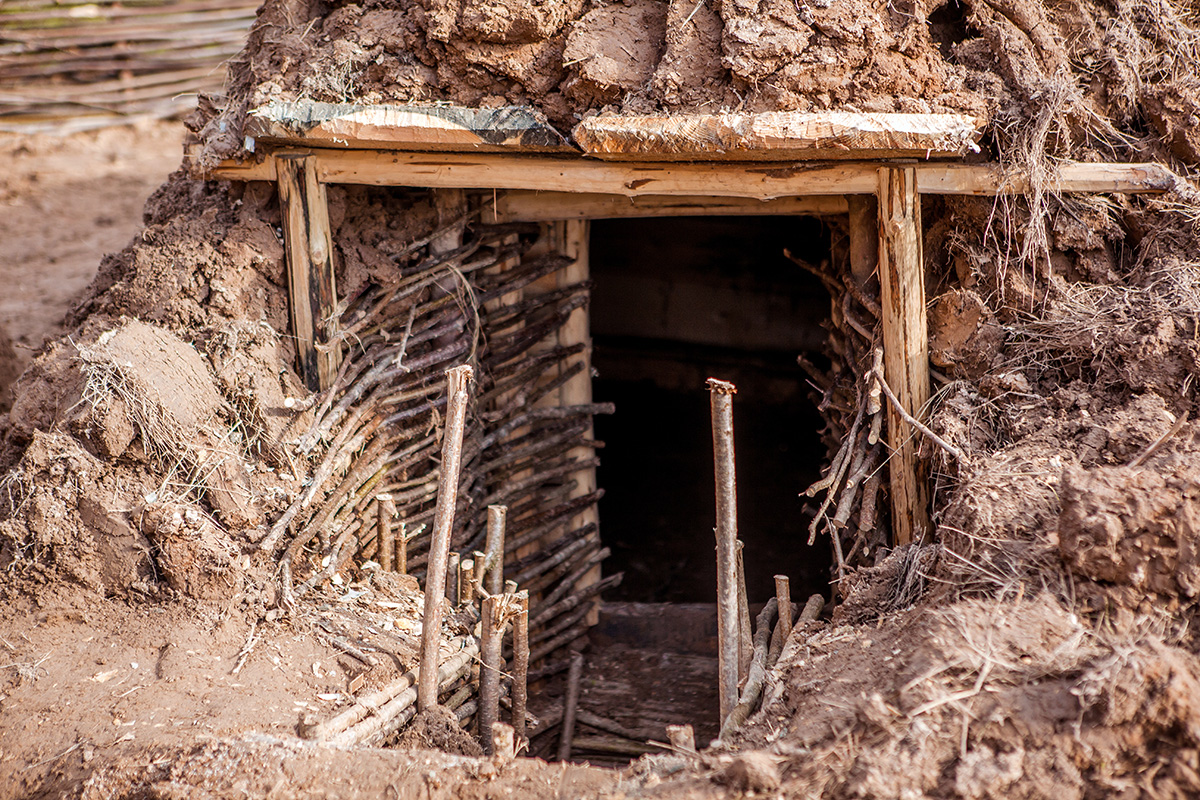Food preservation has always been a pressing issue for humanity. Oddly enough, there is nothing new today (except vacuum-dried, frozen in liquid nitrogen rations for astronauts). In general, the principles remain the same, but technology and quality have changed. These principles are: 1) thermal treatment — jerking, smoking and drying. 2) Preservation — for this purpose they use honey, various oils, salt, vinegar or vacuum keeping. 3) Cooling and freezing.
These three basic principles were used in ancient Egypt, as well as in the XXI century. There’s big literature about each of them, and I’d like to tell about the method which is the most interesting for me and the most important for Pavel’s farmstead.


